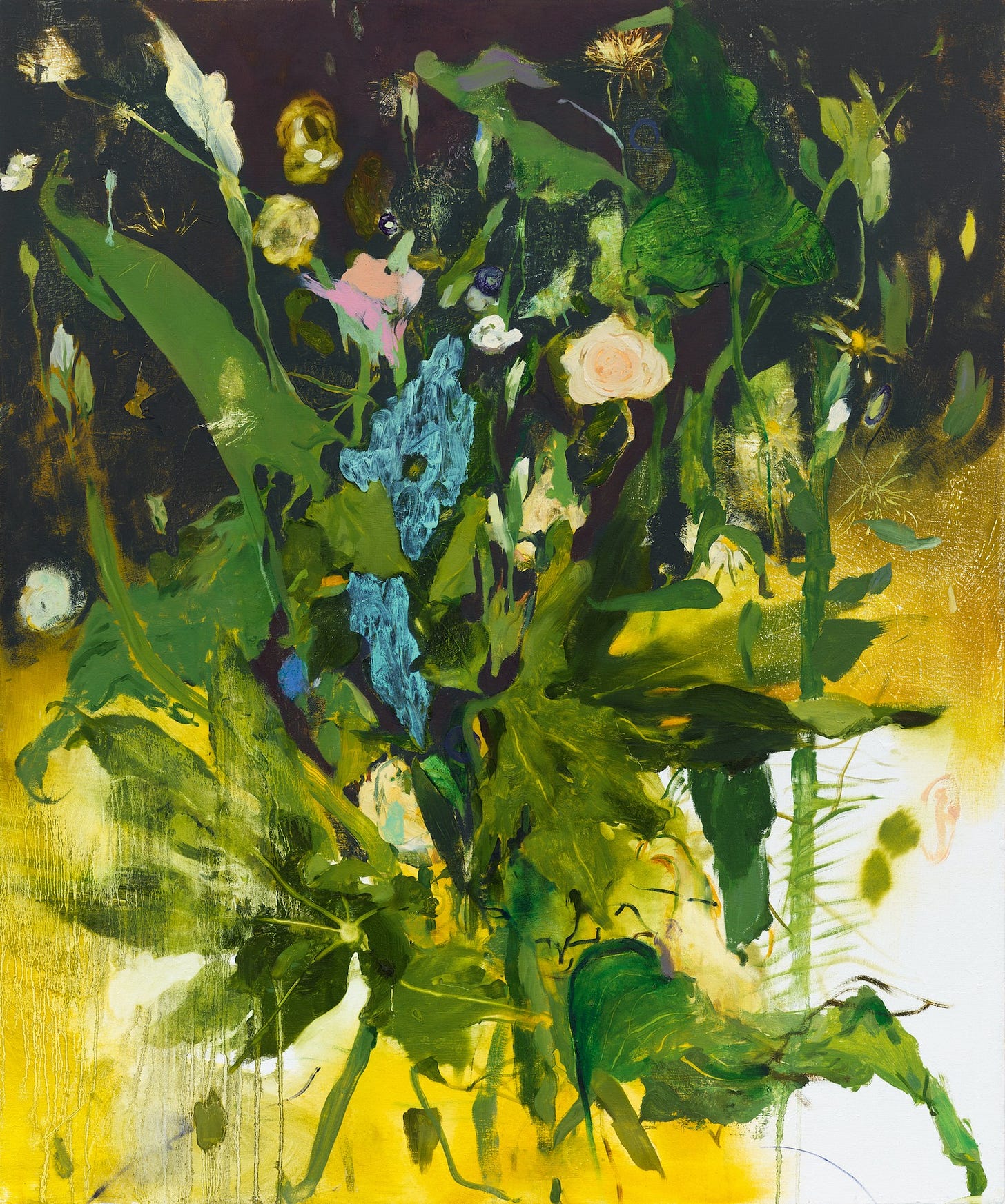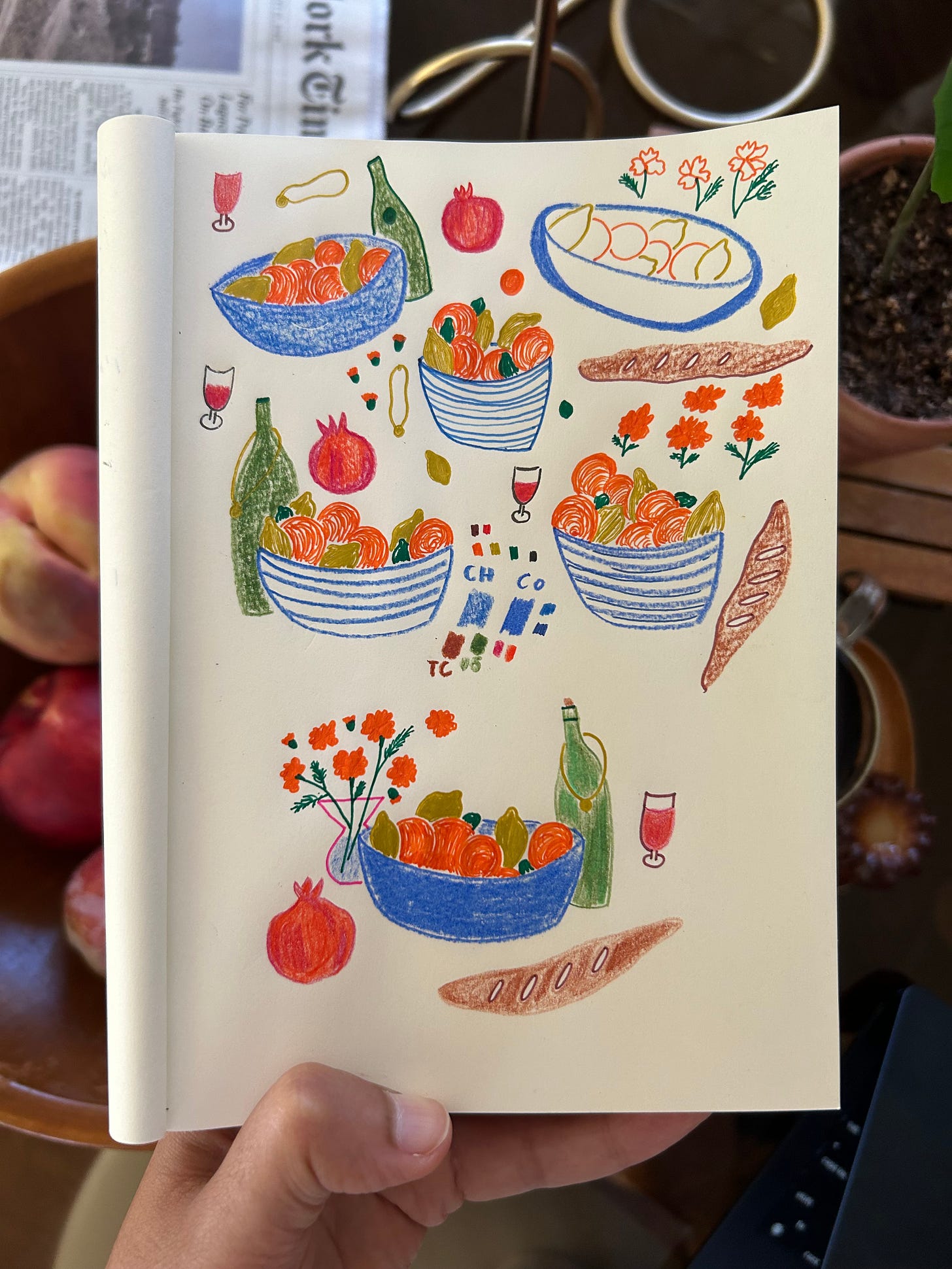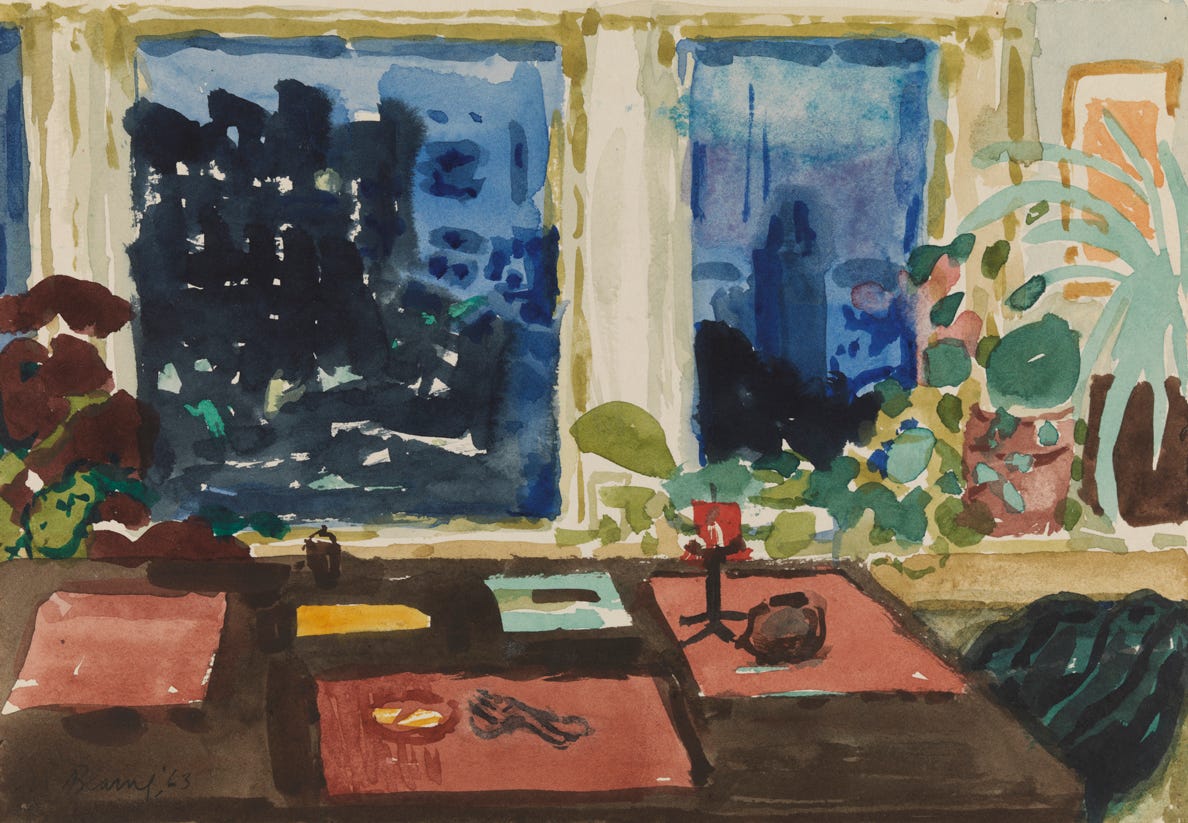Listen To Take Your Time
Here is the audio version of Take Your Time #7. Enjoy!
Illustration
Inspiration
The inspiration for this issue is “still life” art, which can be created in any medium! Painted, photographed, sculpted, filmed, you name it. Still lifes are works that show inanimate objects, often fruit, flowers, and things like wine, baskets, or whatever object you can think of really. Still lifes can reveal a lot about the artist since they can depict personal possessions and a scene at home, which is really intimate to share in art. It can speak to what the artist was experiencing at the time. Perhaps an artist was confined to their home for long periods of time (like, say, during a pandemic) or didn’t have the money to travel to paint a landscape or hire a model, so they painted objects around the house. Or perhaps they saw whole worlds within these objects that had stories to tell.
What I find so intriguing is the way still lifes can say so much about the passage of time, from life to death. Though inanimate and unchanging in the art, there can still be movement of time. Often in still lifes, the closer you look, the more you see. Maybe you’ll see fruit rotting, torn crusts of bread, or a half-full glass of wine. There isn’t a human in the scene, but a human presence is felt. Some still lifes sometimes included a memento mori (which means “remember you must die” in Latin), and this could be something like a skull or an hourglass.
What objects would be in your still life? Why are these objects important to you? What do they say about you?
Below are some of my favorite still lifes.

Related Readings
Ideas
I Have Made This Drawing Several Times Georgia O’Keeffe’s practice of art was repetitive, and she often drew and painted repeatedly and compulsively until she got something right. She seemed to be able to work without that inner critique voice or judgment, without thinking of hunger or tiredness and was able to enjoy the process. It sounds a lot like a flow state and the purest form of creating.
A guide to slow looking Slow looking is “an approach based on the idea that, if we really want to get to know a work of art, we need to spend time with it.” The idea is to lose yourself in the looking. Slow looking means taking your time, paying attention, letting your eyes wander, and seeing what the art invokes for you. I can’t think of a better way to approach art and life in general.
Slow Living Is The Antidote To Hustle Culture – If You Can Access It Slow living is really appealing to me, and I think to a lot of people. I thought this article was a really thoughtful and full way to think about slow living and see if it is really possible and accessible to everyone. My takeaway is that it is, and it will take determination and intention. I thought this line was helpful: “The essence of slow living, to her, isn’t about how much time you have but how you use it.” The author tries out slow living over the course of a few days and references this as a content creator on TikTok and Instagram who inadvertently introduced her to the concept. I can only speak for myself, but I know there are moments of my day when I can slow down and pay attention instead of letting the moment pass me by. I can find peace and solitude even for a short time every day if I make more of an effort. I’m determined to try to do this during a time of day that I always find to be challenging: the morning. The mornings where I do get up early and give myself time to be in the waking world, the much better I feel throughout the day. Wish me luck.
“If you want to smell the roses, you’re going to have to slow down.” Hidden Brain is one of my favorite podcasts, and this two-parter about slowing down couldn’t be more apt for this newsletter. I highly recommend listening. Host Shankar Vedantam talks to psychologist Fred Bryant about savoring, how slowing down, lingering, and paying attention are some of the keys to joy and happiness. Savoring has to be practiced and deliberate, and there are studies that show that savoring in response to a positive event it shows stronger positive emotions afterward and immediately throughout the day and even magnifies and grows over time. The more savoring and being in the moment in life, the more joy they were feeling. Savoring can be challenging due to a number of reasons: comparison, expectations, too much evaluation, and judgment. “It’s hard to be here if you’re there.” When are times you can slow down and savor? What activities? Maybe eating your favorite food? Maybe stopping to smell the roses?
Ending Quote
“Nobody sees a flower - really - it is so small it takes time - we haven't time - and to see takes time, like to have a friend takes time.”
- Georgia O Keefe









